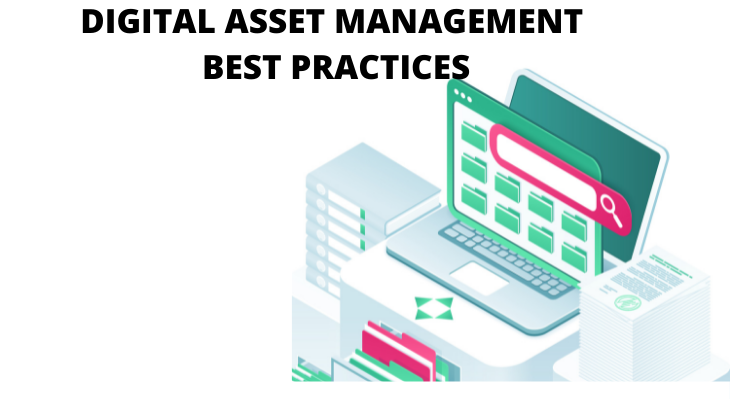Keeping your digital assets organised and managed is key to a successful online presence. By following some simple best practices, you can keep your files easy to find and use when you need them. Here are 8 tips for improving your digital asset management.
1. Develop a plan – know what you want to achieve with your digital asset management system
When it comes to digital asset management, it’s important to have a clear plan in place. That way, you’ll know exactly what you want to achieve with your system. For example, are you looking to simply store and organise your files? Or do you need features like the label and artwork management? Once you know what you need, you can start researching different DAM solutions to find the one that’s right for you. With a little bit of planning, you’ll be well on your way to streamlining your digital asset management.
2. Organise your files – create folders and subfolders to keep everything neat
Anyone who’s spent any time working with digital files knows how quickly they can become unorganised. Hours can be wasted searching for a single file, and it’s all too easy for files to get lost in the shuffle. That’s why it’s important to take a proactive approach to file management, and one of the best ways to do that is by using a digital asset management system. This system provides a central repository for all your files, and it allows you to create folders and subfolders to keep everything neat. Not only does this make it easy to find the files you need, but it also helps to prevent accidental deletion or modification. Digital asset management systems are an essential tool for anyone who works with digital files, and they can save you a lot of time and frustration in the long run.
3. Use keywords and tags to help find files quickly and easily
In the business world, time is money. That’s why it’s important to have a quick and easy way to find digital assets. A digital asset management system can help you do just that. By tagging files with keywords, you can ensure that they can be easily found by search engines. In addition, by keeping your files organized in a central repository, you can save time that would otherwise be spent hunting for them. A digital asset management system is a valuable tool for any business that relies on digital assets. By making it easy to find and use those assets, a digital asset management system can help you save time and increase efficiency.
4. Backup your files regularly – you don’t want to lose everything in the event of a computer crash
A digital asset management system is a great way to back up your files regularly. With this system, you can choose to save your files to an external hard drive or a cloud-based storage system. This way, if your computer crashes, you won’t lose everything. You can also set up your system to automatically back up your files regularly. This way, you’ll always have a recent copy of your files. If you’re worried about losing important files, a digital asset management system is a great way to protect yourself.
5. Protect your files with passwords or encryption
As the world increasingly moves online, it’s more important than ever to protect your digital assets. Whether it’s personal files or sensitive business information, you don’t want your data falling into the wrong hands. One way to protect your files is to use passwords or encryption. A password-protected file is much more difficult for a hacker to access, and an encrypted file is virtually impossible to crack without the correct key. By using passwords or encryption, you can rest assured that your files are safe from prying eyes. So if you’re looking to protect your data, be sure to consider using password or encryption. It could be the difference between keeping your files safe and leaving them vulnerable.
6. Share files securely with others when needed
Digital asset management (DAM) is a system that helps organisations securely share files with others. DAM systems provide a centralised repository for storing and managing digital assets, making it easy to track who has access to what. They also include security features that ensure only authorised users can view or download files. This makes DAM systems an ideal solution for sharing confidential or sensitive information with external partners. DAM systems also make it easy for users to find the files they need when they need them. This can save time and improve productivity, especially in organisations with large quantities of digital assets.
Conclusion:
No matter what size your company is or how many digital assets you have, it’s important to follow some best practices for managing them. By following the tips we outlined in this post, you can get a handle on your digital asset management and make sure your team is set up for success. Do you have any other digital asset management tips that have worked well for your organisation? Share them with us in the comments below!
Lucas Noah, armed with a Bachelor’s degree in Information & Technology, stands as a prominent figure in the realm of tech journalism. Currently holding the position of Senior Admin, Lucas contributes his expertise to two esteemed companies: OceanaExpress LLC and CreativeOutrank LLC. His... Read more
